
This year might not even be halfway through, but it’s a year that keeps on giving with good and bad news. On the lighter side of things, for the first time in decades, the Antarctic Ice Sheet (AIS) has begun to grow, reversing years of significant ice loss. Between 2021 and 2023, the AIS gained mass at an unprecedented rate of about 108 gigatons annually, largely driven by increased snowfall in East Antarctica’s major glacier basins.
This growth contrasts sharply with the 2011–2020 period, during which the continent lost ice at 142 gigatons per year, contributing to global sea level rise.
How This Data Was Collected

Researchers relied heavily on satellite gravimetry from missions like NASA’s GRACE (Gravity Recovery and Climate Experiment) and its successor GRACE-FO, which measure changes in the Earth’s gravity field to detect variations in ice mass. Satellite altimetry provided precise measurements of ice sheet surface elevation changes over time.
These satellite observations were complemented by climate models that simulate snowfall and ice dynamics, helping scientists distinguish between ice mass changes caused by snowfall increases versus ice loss from melting and glacier flow.
Impact on Global Sea Levels
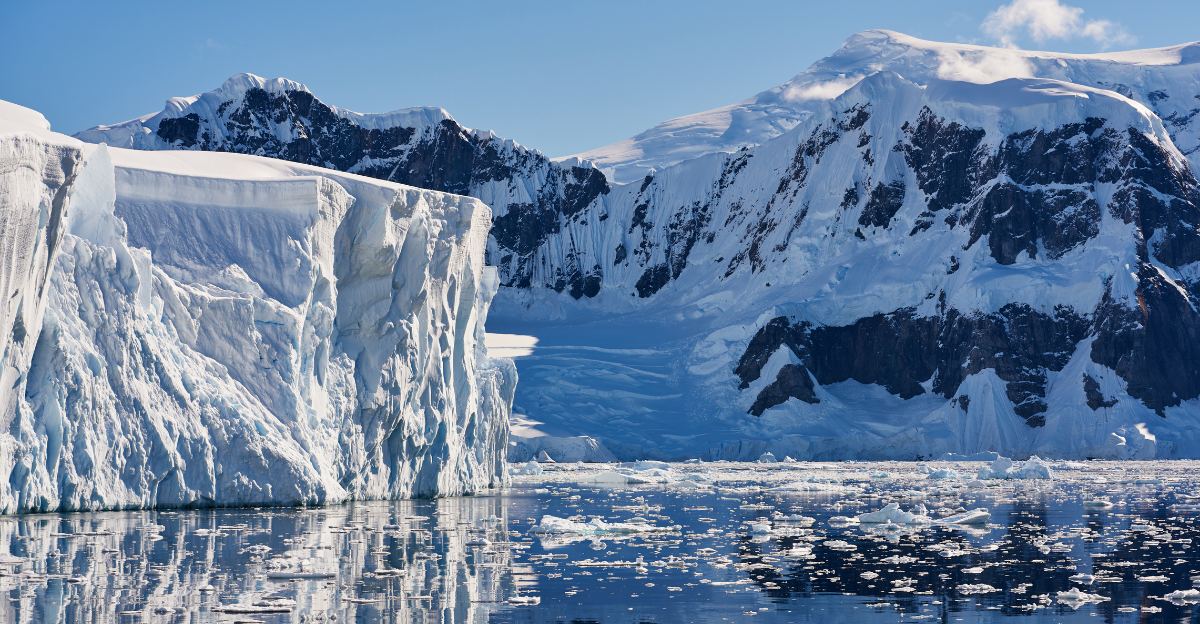
The recent growth in Antarctica’s ice temporarily slows the continent’s contribution to global sea level rise, which has been significant over the past decades due to ice loss. Typically, Antarctica loses around 150 billion metric tons of ice annually, contributing substantially to rising seas; for every 360 gigatons lost, global sea levels rise by about 1 millimeter.
However, if the Antarctic Ice Sheet were to melt entirely, it could raise sea levels by approximately 190 feet, posing a catastrophic threat to coastal regions worldwide. While the current ice gain offers a brief reprieve, scientists warn that ongoing warming and ice shelf thinning could accelerate ice loss again.
Seasonal Patterns and Melt Dynamics
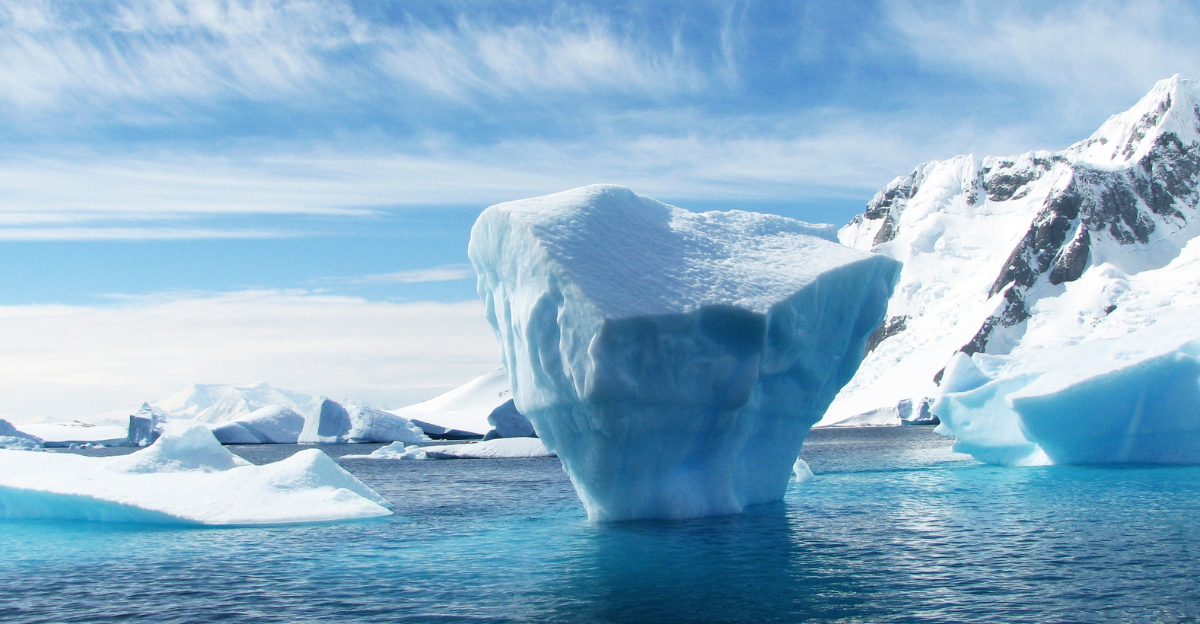
During the Antarctic summer, from October to March, glaciers feeding ice shelves can speed up by about 15%, a phenomenon detected through year-round radar satellite data. This seasonal acceleration may result from surface meltwater lubricating the ice base or warmer ocean waters thinning ice shelves from below, allowing glaciers to flow faster.
In winter, the continent plunges into darkness and extreme cold, causing sea ice to expand dramatically, up to six times the summer extent, while melting nearly ceases. These seasonal cycles affect ice sheet stability and contribute to variability in ice mass balance.
Causes of the Ice Gain
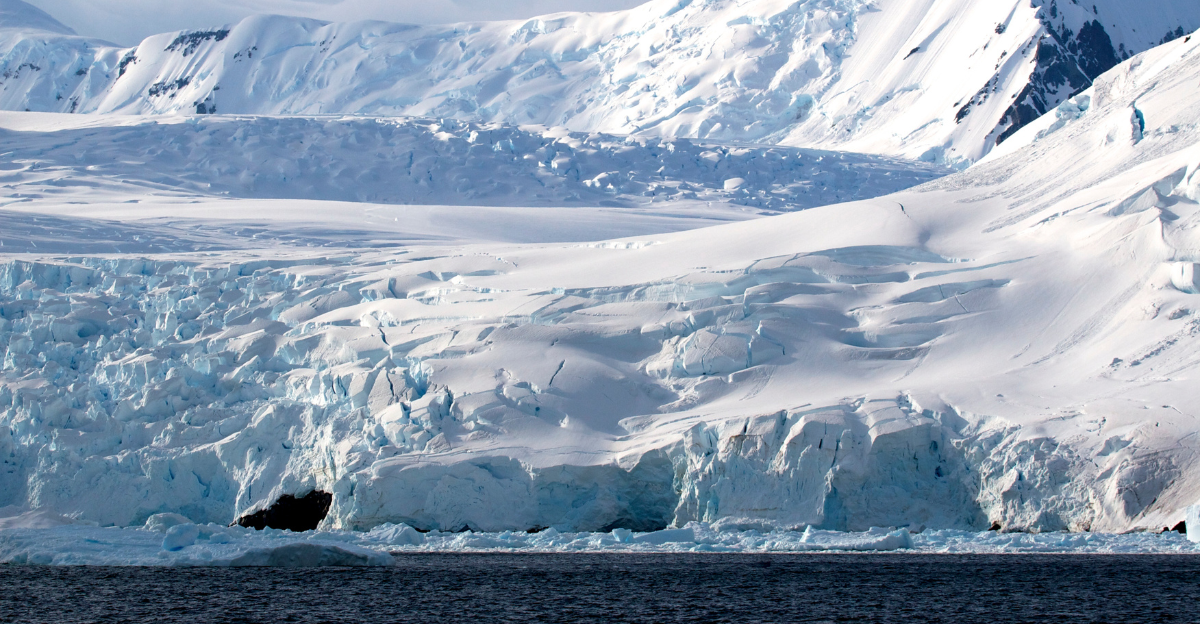
The surprising growth of the ice gain is due to an unusual increase in precipitation, especially snowfall, over East Antarctica. From 2021 to 2023, four major glacier basins in this region, previously significant contributors to ice loss, experienced substantial mass gains due to heightened snowfall, which added fresh ice to the ice sheet.
This remarkable increase in precipitation is linked to changes in atmospheric moisture transport and climate patterns that brought more moisture poleward, resulting in heavier snowfall accumulation. While West Antarctica and parts of East Antarctica had been losing ice rapidly, this surge in snowfall temporarily reversed the trend.
Antarctic Sea Ice vs. Ice Sheet Mass
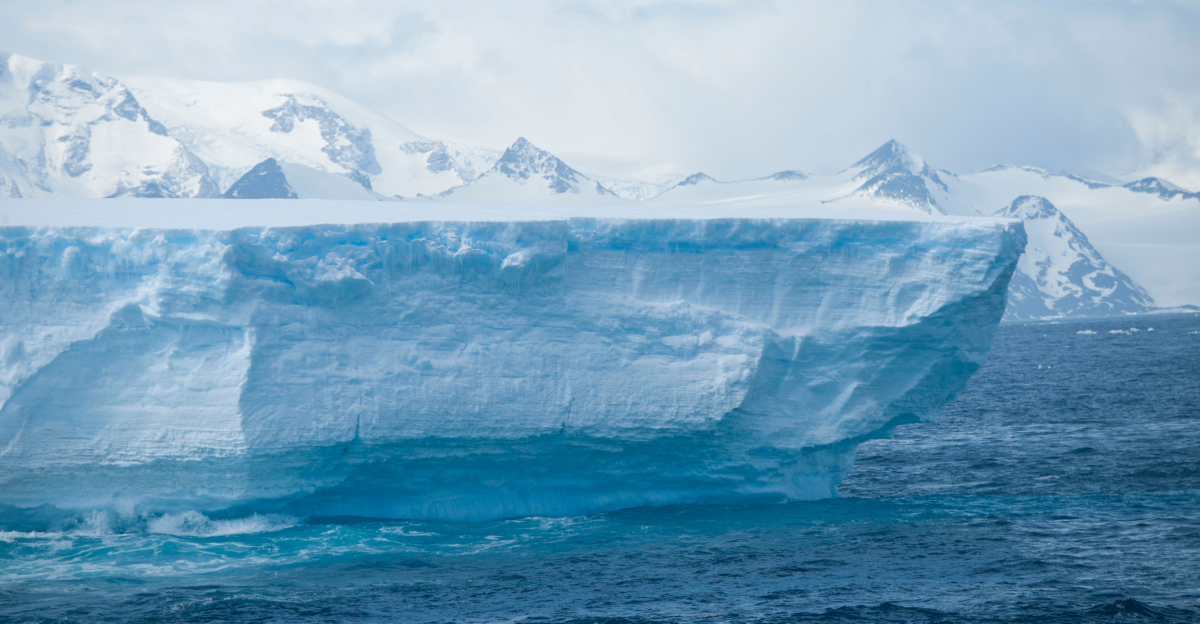
It is important to distinguish between Antarctic sea ice and the ice sheet. While the ice sheet has recently gained mass, Antarctic sea ice extent and volume remain near record lows. Sea ice is frozen ocean water that forms, melts, and reforms seasonally around Antarctica, typically reaching a maximum extent of about 7.2 million square miles in winter but thinning to about 3 feet thick on average.
The Antarctic Ice Sheet is a massive, permanent body of land ice containing about 5.4 million square miles of ice, equivalent to nearly 190 feet of potential global sea level rise if entirely melted. Changes in the ice sheet’s mass, through snowfall accumulation or ice loss via melting and glacier flow, directly influence sea levels.
West Antarctica’s Continued Losses
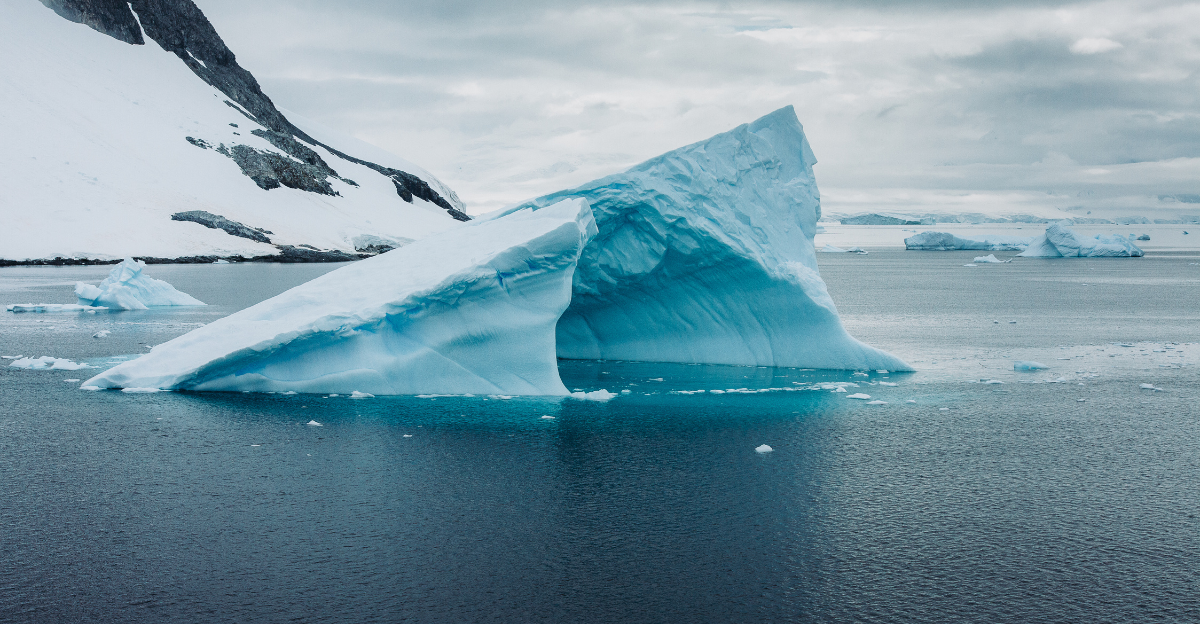
Despite the recent overall mass gain in Antarctica, West Antarctica continues to experience significant ice loss, driven by the destabilization of key glaciers like Thwaites and Pine Island. These glaciers are retreating rapidly due to warming ocean waters melting their ice shelves from below, a process exacerbated by the marine-based nature of the West Antarctic Ice Sheet, which rests on bedrock below sea level and is vulnerable to irreversible retreat through marine ice sheet instability.
This ongoing ice loss in West Antarctica remains the largest single contributor to Antarctic mass decline and global sea level rise, with projections indicating that continued warming could lead to substantial ice sheet collapse over the coming centuries, potentially raising sea levels by several feet.
Scientific Cautions and Climate Context
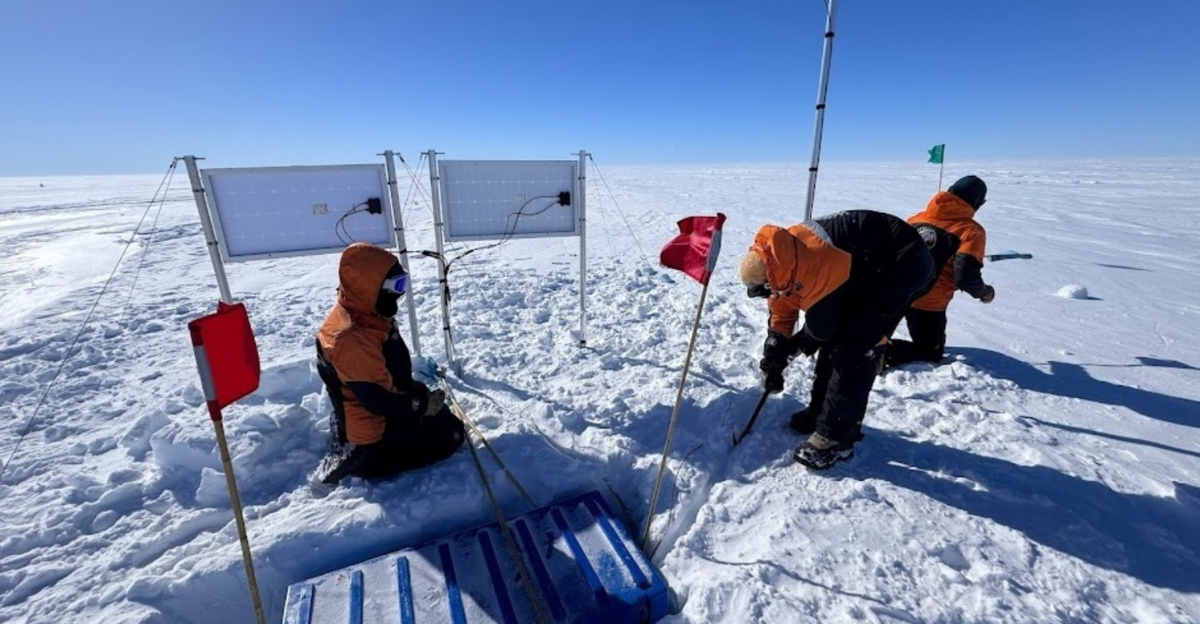
Scientists urge caution in interpreting Antarctica’s recent ice gain, emphasizing that it occurs within a highly complex and uncertain climate context. While increased snowfall has temporarily boosted ice mass, this anomaly does not negate the long-term trend of ice loss driven by warming oceans and atmospheric changes, particularly in vulnerable regions like West Antarctica.
Internal climate variability and poorly understood processes beneath the ice add to the deep uncertainty surrounding Antarctica’s future. Researchers stress the need for continued high-resolution satellite monitoring, field studies, and improved modeling to predict how Antarctica’s ice will respond to ongoing climate change.
Broader Implications for Climate Science
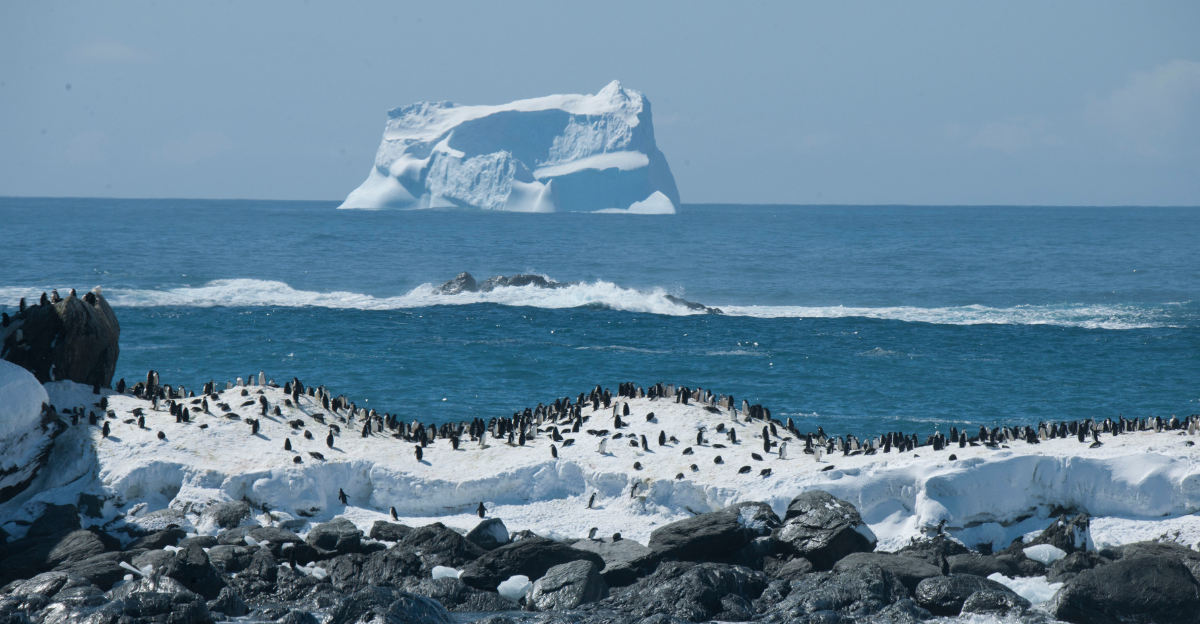
Antarctic sea ice and ice sheet changes influence Earth’s energy balance by affecting how much sunlight is reflected versus absorbed by the ocean, accelerating or moderating global warming. As Antarctic sea ice melts, darker ocean waters absorb more solar radiation, speeding up warming and further ice loss- a feedback loop that intensifies climate change worldwide.
These dynamics underscore Antarctica’s critical role in regulating global climate patterns, sea level rise, and extreme weather events. Therefore, it is essential for scientists to improve models and monitoring to predict future changes and inform global climate policy and adaptation strategies.
Some Light At the End of the Tunnel

Scientists emphasize that this rebound is likely short-lived, driven by unusual and possibly transient precipitation patterns rather than a reversal of long-term warming trends. The broader climate context remains concerning, with continued ice loss in other regions like West Antarctica and ongoing ocean and atmospheric warming threatening future stability.
This temporary ice gain highlights the complex and volatile nature of Antarctica’s response to climate change, underscoring the need for sustained monitoring and global efforts to reduce greenhouse gas emissions.
Explore more of our trending stories and hit Follow to keep them coming to your feed!

Don’t miss out on more stories like this! Hit the Follow button at the top of this article to stay updated with the latest news. Share your thoughts in the comments—we’d love to hear from you!







